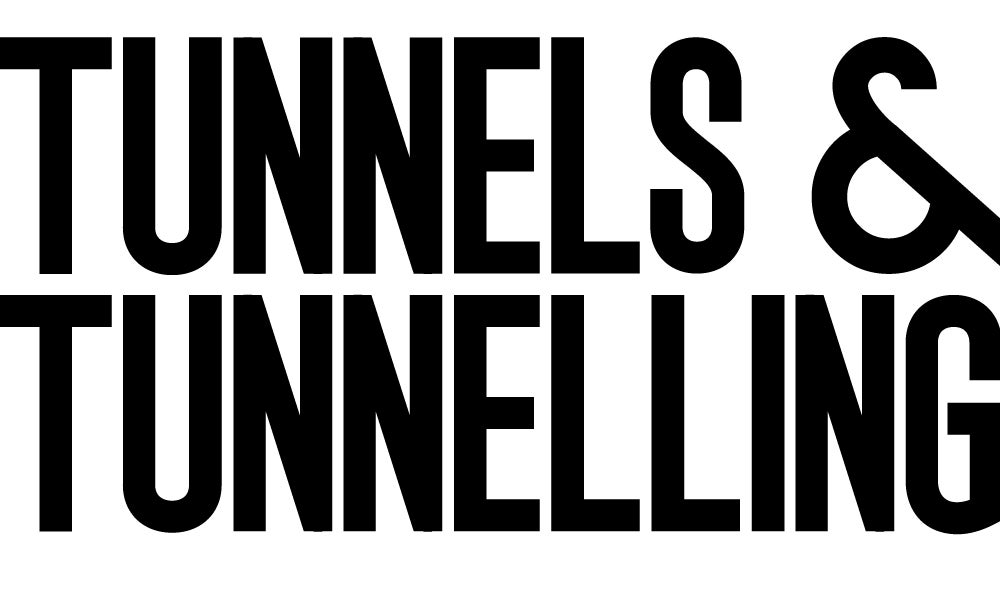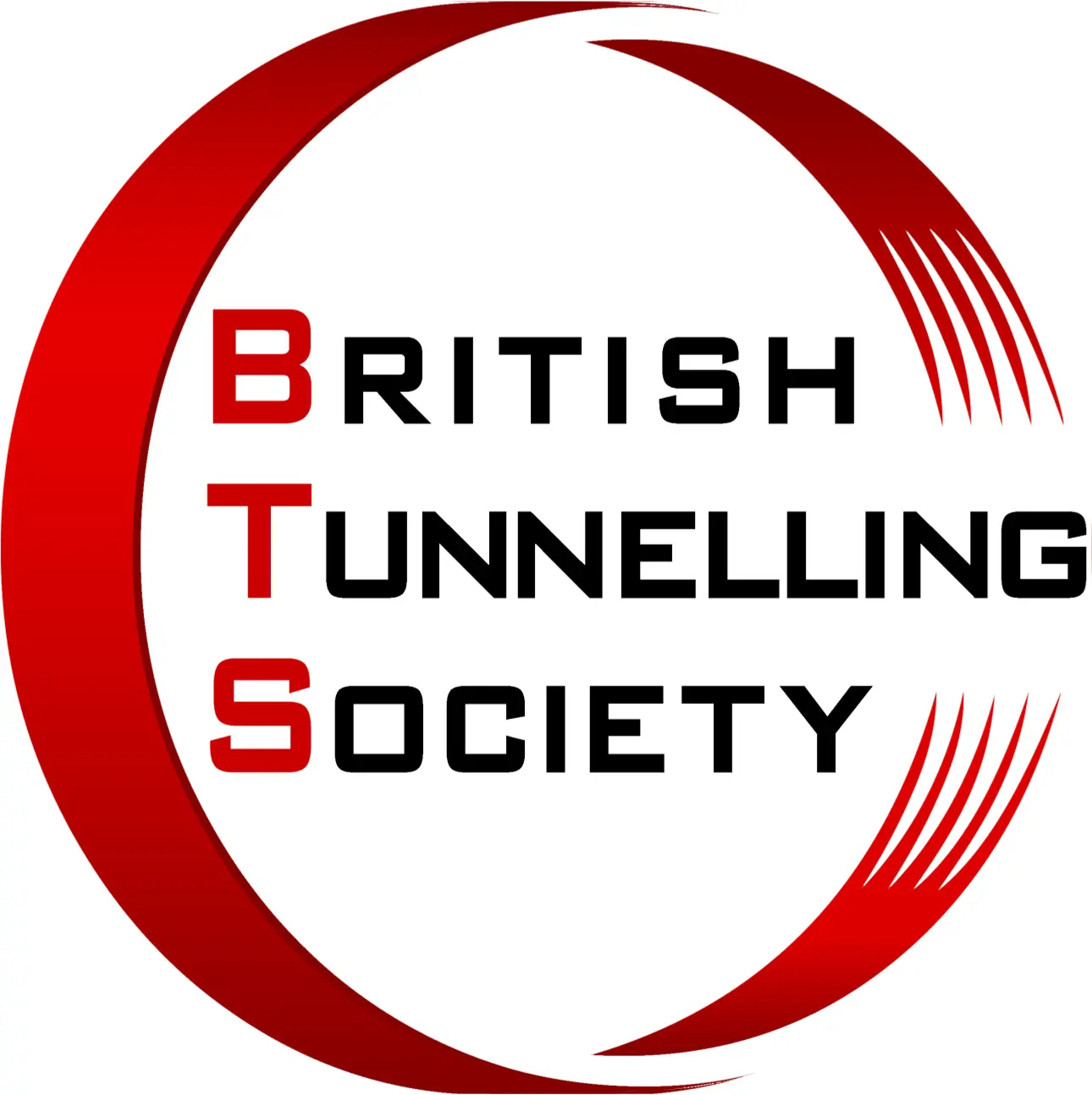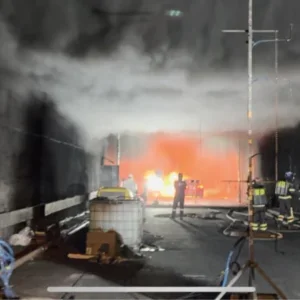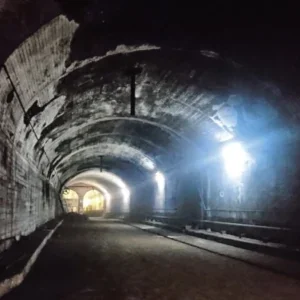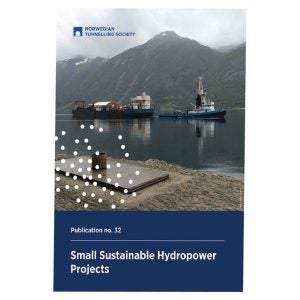Rerouting traffic, removing parking spaces, and reducing footfall, public works construction is the bane of retailers, restaurateurs and residents alike.
Subway and light rail transit projects, when excavated with TBMs, have traditionally relied on twin tunnels and cross passages, with cut and cover construction for other components, such as stations.
Authorities have tried numerous programs with varying results when it comes to helping local businesses survive lengthy construction on their doorstep. Anxiety of shop owners and employees along a major thoroughfare targeted for a forthcoming rail transit project can be forgiven.
However, several agencies in the US and Canada are in the process of planning and or designing single bore TBM drives, which would encompass the stations, and reduce surface level construction activity. This is a marked change from their previously-built rail lines, and in the case of US systems, a first.
Seattle’s Sound Transit, the Toronto Transit Commission (TTC) and the Santa Clara Valley Transportation Authority (VTA) have cited advancements in larger diameter TBM technology and an increasing desire to limit surface level disruptions, such as cut and cover construction at station boxes, among the reasons they are exploring single bore.
In Vancouver the SNC Lavalin-led JV used a 9.8m-diameter TBM to bore a single 2km-long tunnel for the Evergreen line, which opened in 2016. And while various rail projects in Asia and Europe have relied on one-tunnel drives Barcelona’s Metro Line 9 seems to be the poster child of successful single bore urban rail projects (see the project box on page 27). The line totals more than 40km and is largely underground.
Santa Clara/Bart
The Santa Clara Valley Transportation Authority (VTA) and Bay Area Rapid Transit (Bart) are developing the Silicon Valley Phase II Extension of 6 miles (9.6km), 5 miles in a tunnel, with three underground stations and one at ground level. Costs are estimated at USD 4.8bn.
The first phase of the line has already gone into construction, and is due to open this year. Plans dating to 2009 initially saw the extension as a twin bore through downtown San Jose to Santa Clara, with more than 30 cross passages and cut and cover stations. In 2014 the agencies started evaluating instead a 45ft (13.7m) diameter single bore option for the second phase.
Following various feasibility studies and an independent risk assessment that found support for a single bore, VTA and Bart also formed a peer review panel of transit operators to evaluate the new configuration.
Held in November 2017, the key question posed to the panel was “can the single bore tunnel be operated safely as an extension of the Bart system, and what risks and challenges are associated with the single bore configuration?”
The panel concluded that the single-bore option as presented could be operated. However it identified key operational considerations related to fire/ life/safety that would need to be addressed in the design to better meet Bart’s operating requirements. With timing constraints for the federal record of decision and based on the available information presented, the panel concluded that the twin-bore option would be preferred over the current design of the single bore.
“Staff from both VTA and Bart benefited from suggestions and recommendations by the panel,” VTA’s Brandi Childress explains in a release. “It is VTA’s responsibility to deliver a project to the citizens of Santa Clara County that represents the best alternative in terms of safety, contractibility and operating efficiency. We certainly appreciate the preference of Bart staff to operate in a manner to which they are accustomed and we are prepared to work with Bart to explore these considerations.”
VTA’s board voted unanimously on April 5, approving the staff recommendation for a single-bore tunnel. It cited limited street excavation, reduced impacts to traffic, and greater operational flexibility among other reasons for favoring the single-bore tunnelling methodology, compared to the twin-bore option. The Federal Transit Administration issued its record of decision in support of the project in June.
Toronto Transit Commission
The TTC has completed several tunnel projects over the last 10 years, such as the Toronto-York Spadina Subway Extension, which has twin tunnels excavated by 6m-diameter TBMs. Metrolinx’s Eglinton Crosstown LRT, which saw its final breakthrough in 2016, has twin tunnels mined by TBMs with a 6.5m diameter.
Most of the 6km-long Scarborough Subway extension of Line 2 is being planned to use a single large TBM to accommodate tracks in both directions. TTC says the key benefit of the single large diameter tunnel is that it minimizes the areas that must be constructed using cut and cover construction, such as crossovers, resulting in reduced construction disruption at the surface level.
In light of the urgent need for public transit in the Toronto area, the environmental assessment is streamlined through the Transit Project Assessment Process (TPAP). This process allows the necessary studies to be completed within a shorter timeframe, and it is a final project review that assess potential environmental impacts.
The Scarborough Subway Extension received Transit Project Assessment Process approval from the Minister of Environment and Climate Change in October 2017. With its completion the city can move forward with construction and is planning to tender the project in late 2019. The current rapid transit in the area will be taken out of service once Line 2 is extended.
Seattle’s Sound Transit
In November 2016 voters in Seattle approved a ballot measure, Sound Transit 3 (ST3), a historic milestone for the region’s mass transit system, delivering USD 54bn in funding for transit projects over the next 25 years. This will add 62 miles (99km) of light rail, growing the current system five times larger.
Among the projects in ST3 are the West Seattle and Ballard Link Extensions, which will service dense residential areas and job centers throughout the region via a new downtown Seattle Light Rail Tunnel.
Alternative analysis and early engineering studies are underway to for the approximately 11-mile (17.7km) line with 14 stations, six of which could be underground.
HNTB is the consultant for project development services and estimates around 3.3 miles (5.3km) of tunnels will need to be built either twin or single bore. For the downtown tunnel Gordon Clark of HNTB presented three options at NAT: 21ft (6.4m) od twin tunnels, which he calls the backbone of Sound Transit’s system; a medium bore of 37ft (11m) with a centre wall; and a 50ft (15m) od bore.
Due to space constraints above and below ground in downtown Seattle, the right of way is 66ft (20m), in which Clark says the twin tunnels don’t fit.
A preferred alternative is expected next spring and costs are currently estimated at USD 5.2bn for the project.
